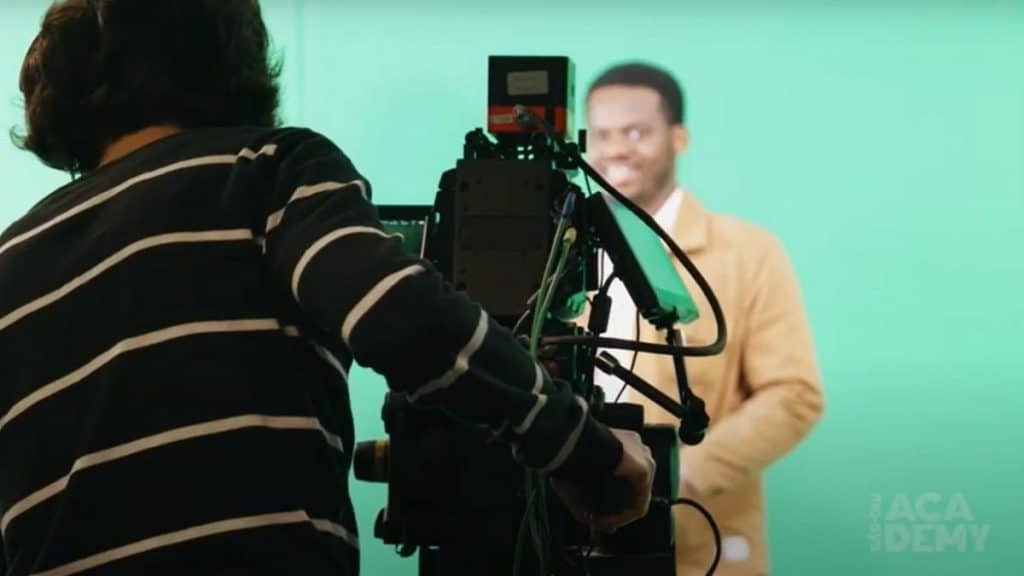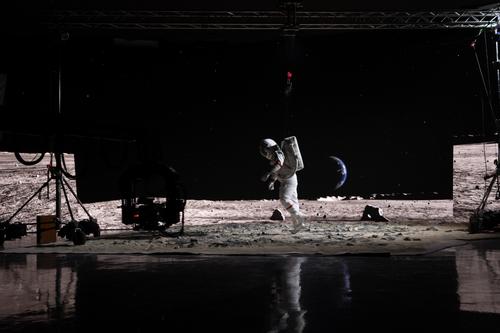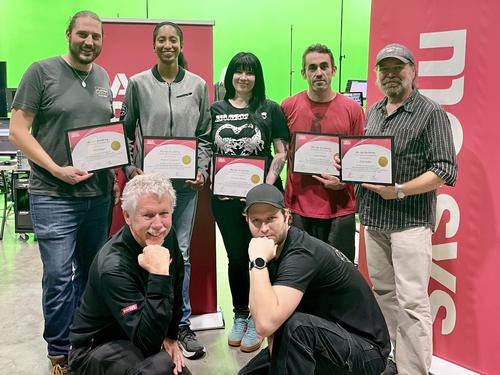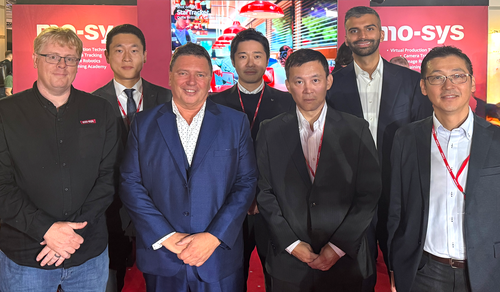Producers: So You’ve Booked A Virtual Production? Here’s What’s Next
Here's what's next...
Mo-Sys Engineering’s product marketing manager Stephen Gallagher talks to LLB about the key differences and how to train for a future of virtual production.

Virtual production offers tangible benefits to producers. From real-time creative freedoms, to accelerated speed of production, cost savings and logistical efficiencies, there are plenty of reasons to opt for a virtual production.
Take the all-important ‘golden hour’ at sunset or sunrise - in the real world that time is naturally limited, so producers have a short window of opportunity to get their shot and with that comes immense pressure on the entire crew. And for the producer in particular, delays translate to cost implications when things go wrong. In the virtual world, you have complete control, so the magic of golden hour can last all day long should you need it. Rain, wind and clouds are no longer the unpredictable enemy but creative choices. You might even opt to use an unreal scene from out of this world. Similarly, if you have scenes shot in the middle of the night, you no longer need the crew on set at 2am. You can recreate that look during normal working hours, meaning virtual productions gives you far more control of the environment.
Additionally, there's a massive health and safety and risk assessment benefit. If you’re shooting a night-time scene with cast moving through woods, at height, underground or near water, you can now do that in a comfortable and safe studio environment for the crew and the talent. Which is appealing and can help productions secure first choice talent.
And what about when things go wrong and you need to reshoot a scene? Well, if you’re filming on a boat travelling along the river, moving the boat back to the start to film again is a huge drain on time and money. But on a virtual set, you simply go back to the previous scene with the click of a button.
All of these real-world complications can be solved with virtual production, making it a more efficient and affordable shoot.
So, what are the first steps that need to be taken to prepare for an upcoming virtual production?
One of the main differences between virtual production and traditional production is that you shift a lot of the load from post-production compositing into pre-production. By doing this prep work, you reduce the cost burden of post-production.
So, the first step is to ensure that all the key people involved, including the producer and director, get together much earlier on in the process to make essential decisions. Pre-viz and Tech-viz will increase in order that VFX shots can be captured in real-time, commonly called In-camera Visual Effects (ICVFX). But the savings in reduced post-production compositing time, reduced VFX errors, reduced takes, and minimised travel for cast and crew, more than compensate.
Right now, there is huge demand for LED Virtual Production. But of course, we still have Green and Blue Screen VP, and that isn’t going to disappear! Productions are drawn to LED because talent can interact in real-time with the virtual scene which may improve their performance and reduce takes. LED VP also adds beautiful life-like ‘scene spill’ around the outline of talent and scene reflections on any shiny surfaces, so it lends itself to shooting cars and Mandalorian styled characters.
Lighting is an important consideration with an LED VP shoot for two reasons. The first is that a LED volume requires external lighting to supplement the LED volume light in order to render correct skin tones. The second is that the virtual lights illuminating the virtual scene displayed in the LED volume, need to match the real lights on stage in order to blend together the two environments to create one seamless VFX shot.
You’re also going to have to think about the other skill sets you need around you to make all of this come together. It’s essential to have a VP Technician who understands camera tracking and the LED environment, along with a specialist in Unreal Engine to control your virtual scene, and to make scene element changes as requested by the Director.
What skills does a producer need for virtual production?
A producer’s skills are entirely transferable. It’s just about adapting your experience and skills to suit the virtual production workflow. And the greater understanding you have of the workflow, the better you'll be able to utilise the technology.
Experience and training in virtual production is highly beneficial. At Mo-Sys Academy, for example, we run industry recognised Virtual Production training courses to help people understand how virtual productions come together and how to make the most of them.
In what cases would a virtual production work particularly well?
Virtual production is a really powerful additional tool that producers can utilise. It’s not a case of it taking over completely from traditional production but I think that a combination of real-world traditional production and virtual production combined can be a really smart way to maximise production value, drive efficiencies and reduce costs.
For example, you might not use virtual production for things like establishing shots (which are typically much wider shots to set the scene,) because you’d need such a huge studio. Instead, you might opt to shoot those in the real world, and then shoot the rest of your production, mid and close shots, with the talent on a virtual production set.
Virtual production works really well for VFX shots that would traditionally require the crew and cast to travel to exotic locations, or where multiple scenes are required which in a virtual production stage can be swapped very quickly.
Virtual production is a term that describes multiple shooting techniques that combine either tracked virtual graphics or plate video playback with a real studio or location, and ultimately, it’s about selecting the right technique for the right scene. Once understood, and with experienced team members to assist, virtual production offers Producers a whole new arsenal for delivering highly efficient VFX shoots.
Read the full article published by Little Black Book August 2, 2022




